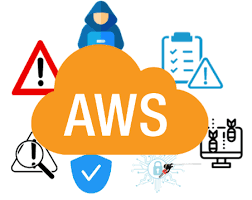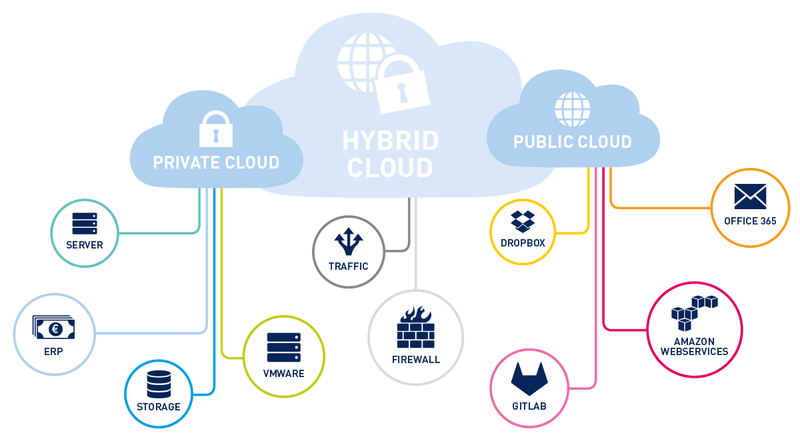
Understanding AWS Security:
Best Practices for a Secure Cloud Environment
Introduction to AWS Security:
- Definition of AWS (Amazon Web Services): AWS, known for its extensive aws training and certification programs, is a comprehensive cloud platform offering a wide range of services globally.
- Relevance in the Cloud Environment: AWS’s role in the cloud environment is bolstered by its aws training and certification, ensuring skilled handling of its diverse and scalable cloud solutions.
- Importance of Security in the Cloud: The significance of cloud security in AWS is underpinned by rigorous aws training and certification programs, highlighting the platform’s commitment to secure and reliable cloud services.
- Brief Overview of AWS Security Features and Services: AWS provides robust security features and services, with aws training and certification available to help users understand and effectively implement these security measures.
If you are interested and want to learn more about AWS training in bangalore visit Alpha Tech Academy Today!

Fundamentals of AWS Cloud Security :
- The shared responsibility model in AWS.
- Core principles of AWS security: reliability, integrity, and confidentiality.
- Overview of AWS security layers: network, application, and data.

Identity and Access Management (IAM):
- Role and importance of IAM in AWS.
- Best practices for managing users, groups, roles, and permissions.
- Using IAM to limit and monitor access within AWS.

Data Encryption:
- Types of encryption (at rest and in transit).
- AWS services for data encryption, like KMS (Key Management Service).
- Implementing encryption to protect sensitive data.

Network Security:
- Securing the network layer using VPCs (Virtual Private Clouds), security groups, and NACLs (Network Access Control Lists).
- Utilizing AWS WAF (Web Application Firewall) for protecting applications.
- Best practices for securing AWS network infrastructure.

Monitoring and Logging:
- Tools for monitoring and logging in AWS: CloudWatch, CloudTrail.
- Importance of continuous monitoring for unusual activity.
- Setting up alerts and alarms for proactive security measures.

Automating Security with AWS:
- Leveraging AWS automation tools for enhanced security.
- Benefits of automating routine security tasks.
- Examples of automation in AWS security, like auto-patching with AWS Systems Manager.

Securing Multi-Tier Architectures :
- Best practices for securing multi-tier application architectures in AWS.
- Isolation strategies using private and public subnets in VPC.
- Layered security approach for different application tiers.

Dealing with DDoS Attacks:
- Understanding DDoS (Distributed Denial of Service) attacks and their impact.
- AWS tools and strategies to mitigate DDoS attacks, such as AWS Shield.
- Preparing and responding to potential DDoS incidents.

Managing Security for Hybrid Cloud Environments:
- Challenges and solutions for hybrid cloud security.
- Integrating on-premises environments with AWS securely.
- Tools and best practices for a seamless and secure hybrid cloud.
Security Best Practices for Specific AWS Services:
- Tailoring security practices for popular AWS services like EC2, S3, RDS.
- Understanding service-specific security features and configurations.
- Adopting a service-specific security mindset for optimized protection.
Training and Awareness:
- 1. The Role of Training in AWS Security:
-
-
- Enhancing Security Skills: Training equips teams with the necessary skills and knowledge to effectively manage and secure AWS resources, reducing the likelihood of security breaches.
- Adapting to Evolving Threats: Continuous training helps in staying updated with the latest security threats and the evolving landscape of cloud security, ensuring that defenses remain robust.
-
- 2. Resources for Staying Informed and Trained
- AWS Training and Certification Programs: These programs provide comprehensive learning paths for different roles and expertise levels, ensuring that individuals are well-versed in AWS security best practices.
- Online Resources and Communities: Resources such as AWS blogs, webinars, and online forums offer insights into current security trends and solutions, facilitating ongoing learning and community engagement.
- 3. Fostering a Culture of Security Awareness Within the Organization:
- Regular Security Training Sessions: Implementing regular training sessions ensures that all employees are aware of security best practices and the importance of adhering to them.
- Creating a Security-First Mindset: Encouraging a culture where security is a priority in every aspect of the organisation’s operations, from top management to new hires, reinforces the importance of security in every task and decision.


To get the best AWS training and certification Dont forget to contact Alpha Tech Academy!!

Staying Ahead in AWS Security:
- Final thoughts on the importance of staying proactive in AWS security.
- Emphasis on continuous learning and adaptation to new threats and technologies.
- Encouragement to leverage AWS resources and community for ongoing security enhancement.
- Encourage readers to engage with AWS security features actively.
- Suggest scheduling a consultation or training session for in-depth understanding and implementation.
- Remind of the ongoing nature of security and the need for regular updates and learning.
Post Views: 73




